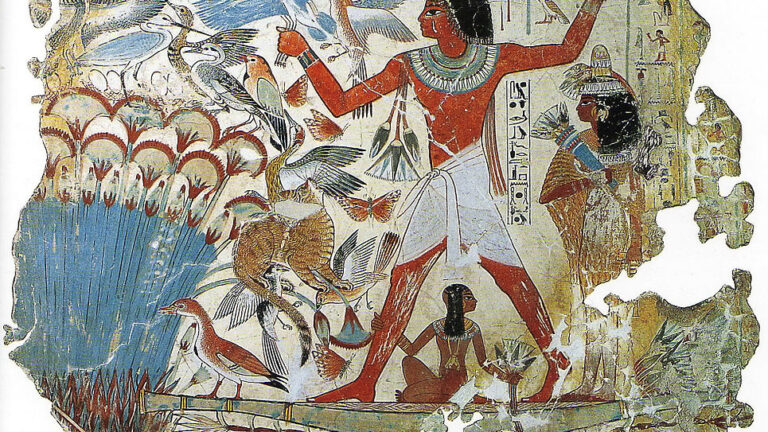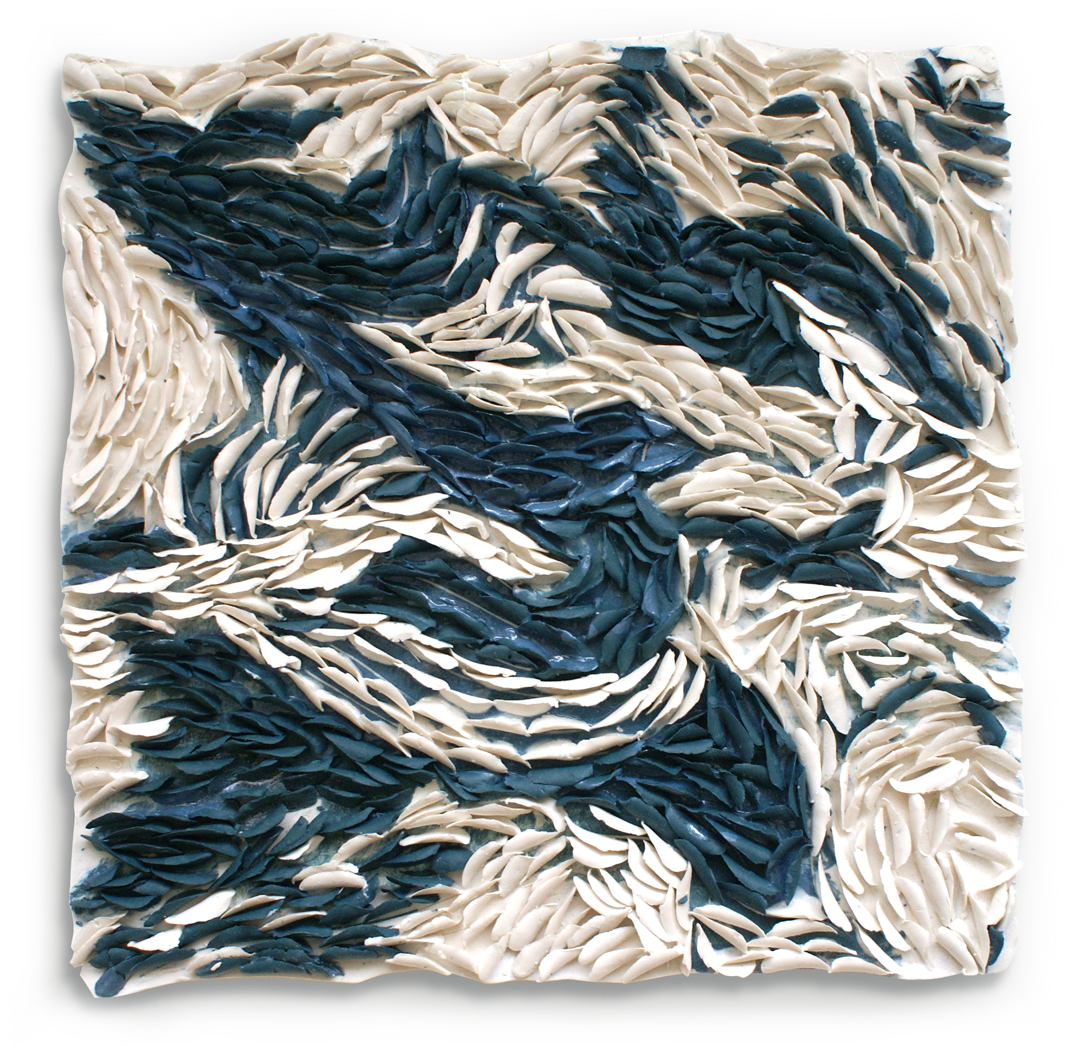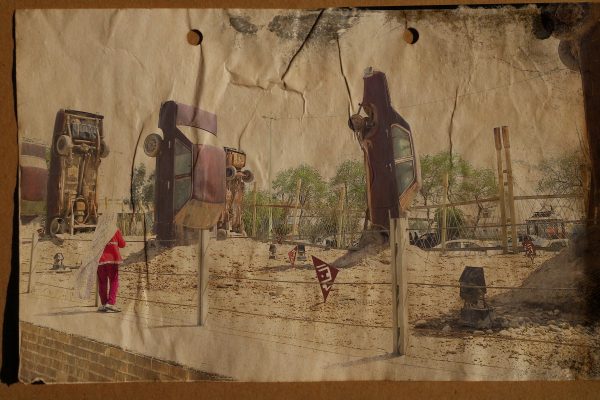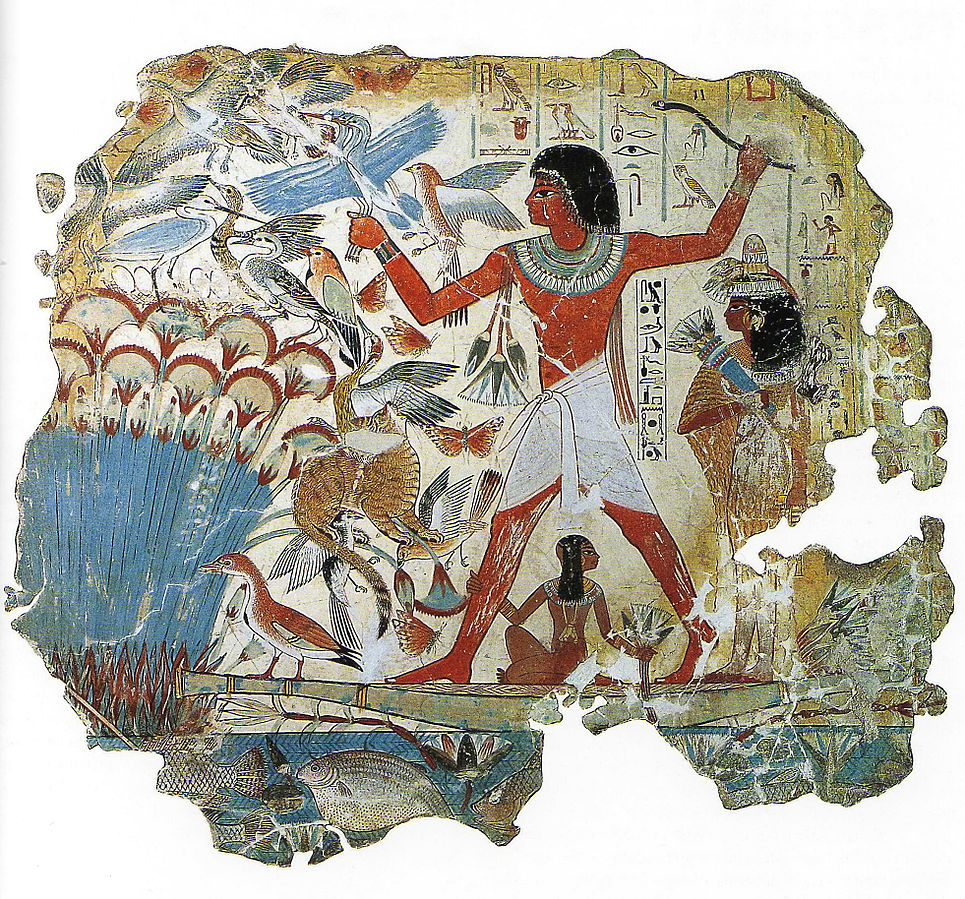
The oldest preserved examples of painting come from times of ancient Egypt and were found on fragments of ceramic, linen cloth and on the walls. The depicted scenes landscape of the Nile and were full of images of animals, especially birds, fish and between man appeared. From the very beginning, painting severed both auxiliary functions and was art itself such as statues, reliefs, columns and scenes on the walls of the temple buildings, also the interiors of the houses, was painted but usually was decorated more modestly. The surface on which the painting was to be made was covered with a thin layer of smoothed lime mortar, on which the sketch of the scene was applied with a red line. The contours were marked with a strong black line and the resulting fields were filled in with colour. This reveals the main artistic conventions in Egyptian art, both pictorial, sculptural, and architectural, from the 3rd dynasty until the Ptolemaic period.

In Egyptian art, there is a total lack of perspective, so the characters are always represented identically: the head and legs are drawn in profile, shoulders, arms and hands from the front. The dimension of the characters within the Egyptian artistic convention resulted from their function at the heart of society. The dignitaries were, therefore, the most disproportionate in paintings, sculptures or bas-relief. The pharaoh, considered the son of God, was always represented as the greatest of all and so were the gods whose appearance depended on their notoriety and their power. Symbolism was omnipresent in Egyptian art. The animals were avatars of the gods and goddesses of the Egyptian pantheon; we find under the features of the jackal, the gods: ‘NPOU also named ‘NOUPOU (Anubis) funerary divinity whose name derives from ‘N PÂY POU (is it him ?), As well as OUPOUAOUT (Ophoïs) the opener of the way beyond. Color also had a sacred meaning: yellow evoked the Sun and by extension, the supreme tutelary divinity; green and blue symbolized the Nile River as well as life; red evoked strength, war, power and vitality; and black embodied death as well as the resurrection.
© Patrick QUENUM (All rights reserved)

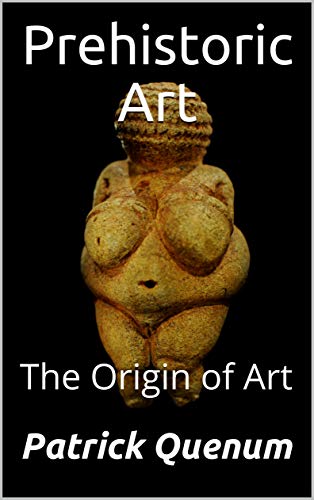
Patrick QUENUM was born in France in Paris. Graduated in art history, antique sales and art gallery management; after having been an antique dealer for more than 20 years, then a gallery owner, he is now an art historian and at the same time runs the art expertise and consulting company:
Art-Esthete – www.artesthete.com
Published book – Prehistoric Art: The Origin of Art
Art was not born yesterday and this work will demonstrate it by going back to the origin of art: prehistoric art. “The history of art is one of the sciences allowing the study of the history of civilizations through their pictorial, sculptural and architectural works”. Through this volume which is part of a series of books dealing with art and styles, all the intimate secrets of the works of art of this world will now be revealed to you.

